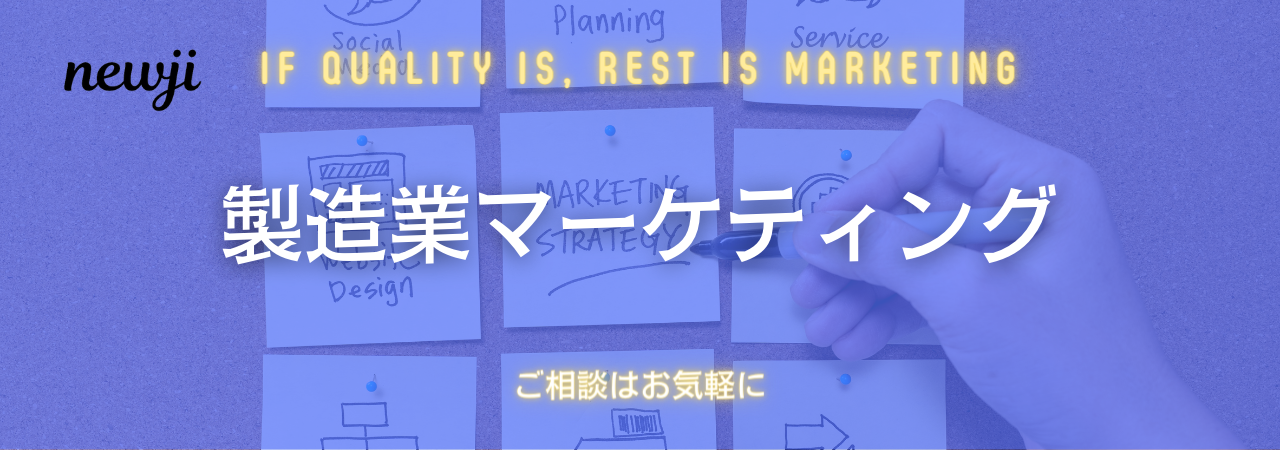- お役立ち記事
- Elevate Your Manufacturing Brand: Strategic Sourcing as a Catalyst for Growth and Market Expansion

Elevate Your Manufacturing Brand: Strategic Sourcing as a Catalyst for Growth and Market Expansion

目次
Introduction to Strategic Sourcing in Manufacturing
In today’s globalized economy, manufacturers are under constant pressure to optimize costs, improve quality, and innovate products at unprecedented speeds.
Strategic sourcing, a systematic process of evaluating and engaging suppliers for acquiring goods and services, has thus become a vital component for manufacturing brands aiming to grow and expand their market presence.
Unlike traditional purchasing, strategic sourcing involves a long-term approach that aligns with the company’s business goals, considering factors such as supplier reliability, quality, and cost-efficiency.
The Role of Strategic Sourcing in Market Expansion
Strategic sourcing acts as a cornerstone for market expansion by enabling manufacturers to leverage their supply chain for better competitive advantage.
By identifying and partnering with suppliers that offer the best value, manufacturers can reduce costs and improve profitability.
Additionally, strategic sourcing can allow companies to tap into new markets by sourcing locally or partnering with regional suppliers who understand the local market dynamics and regulations.
This approach not only lowers logistics costs but also enhances production flexibility and responsiveness to market changes.
Benefits of Strategic Sourcing
Adopting strategic sourcing practices offers several advantages for manufacturing brands:
– **Cost Reduction**: By negotiating better terms and optimizing the supplier mix, strategic sourcing can significantly cut down procurement costs.
Bulk purchasing and long-term agreements often result in cost savings and more predictable pricing structures.
– **Quality Improvement**: Collaborating with top-tier suppliers ensures a reliable supply of high-quality materials, which is crucial for maintaining product quality and customer satisfaction.
– **Risk Management**: Strategic sourcing allows manufacturers to diversify their supplier base, reducing dependency on a single supplier and thus mitigating risks associated with supplier failures or market disruptions.
– **Innovation and Collaboration**: Strategic relationships with suppliers can lead to collaborative innovations, where both parties work together to develop new products or improve manufacturing processes.
Challenges and Limitations
While the benefits are substantial, strategic sourcing in manufacturing also presents certain challenges:
– **Resource Intensiveness**: The process requires significant time and effort to conduct thorough supplier evaluations, contract negotiations, and ongoing relationship management.
– **Complex Decision Making**: Balancing cost, quality, and supplier capabilities can be complex. Misalignment with business objectives can result in selecting the wrong supplier.
– **Dynamic Market Conditions**: Rapid changes in technology and market demand can make long-term contracts risky. Manufacturers need to remain agile and adaptable.
– **Cultural and Language Barriers**: When sourcing internationally, manufacturers might face challenges in communication and understanding cultural differences, which can impact negotiations and supplier relations.
Implementing an Effective Strategic Sourcing Process
A well-structured strategic sourcing process is crucial for achieving the desired outcomes:
1. Assessing Needs and Setting Objectives
Manufacturers must start by thoroughly assessing their needs and setting clear sourcing objectives aligned with broader business goals.
This involves understanding the types and volumes of materials or services required and the importance of each in the production process.
2. Supplier Market Analysis
Thorough research and analysis of the supplier market are essential.
Manufacturers should identify potential suppliers, evaluate their capabilities, and compare offerings.
Technology tools such as supplier databases and market intelligence platforms can facilitate this phase.
3. Supplier Selection
The selection stage is where manufacturers evaluate potential suppliers based on criteria such as cost, quality, reliability, and scalability.
Conducting site visits and audits can also provide insights into a supplier’s operation and reliability.
4. Negotiation and Contracting
Effective negotiation is key to securing favorable terms that benefit both parties.
Contracts should cover important facets like pricing, delivery schedules, quality standards, and service-level agreements.
5. Relationship Management and Continuous Improvement
Once agreements are in place, maintaining strong supplier relationships is crucial.
Regular communication, performance evaluations, and a focus on continuous improvement can help sustain alignment and drive mutual growth.
Leveraging Technology in Strategic Sourcing
The integration of technology plays a significant role in enhancing strategic sourcing processes.
Technologies such as artificial intelligence, blockchain, and cloud-based platforms offer several benefits:
– **Data Analytics**: Advanced analytics tools enable manufacturers to gain insights into supplier performance, market trends, and cost structures, facilitating more informed decision-making.
– **Automation**: Automated procurement platforms streamline sourcing processes, reducing manual effort and increasing efficiency.
– **Transparency and Traceability**: Blockchain technology offers unparalleled transparency and traceability in the supply chain, enhancing trust and accountability among stakeholders.
– **Collaboration Platforms**: Cloud-based collaboration tools allow seamless communication and information sharing between manufacturers and suppliers, improving coordination and alignment.
Case Study: Successful Strategic Sourcing Initiatives
Several leading manufacturers have leveraged strategic sourcing to achieve remarkable growth:
– **Company A**: By focusing on local sourcing and building strategic partnerships with nearby suppliers, this automotive manufacturer significantly reduced lead times and transportation costs, enabling faster market responsiveness.
– **Company B**: A global electronics manufacturer adopted data-driven strategic sourcing, utilizing AI to predict supplier risks and optimize procurement strategies. This approach resulted in a 20% reduction in procurement costs.
– **Company C**: In the food industry, a company implemented blockchain technology to enhance supply chain transparency and trust, leading to increased consumer confidence and market share expansion.
Conclusion
Strategic sourcing is a powerful catalyst for driving growth and market expansion in the manufacturing sector.
By systematically evaluating and engaging with suppliers, manufacturers can achieve significant cost benefits, quality improvements, and risk mitigation.
While challenges exist, the effective implementation of strategic sourcing strategies can transform supply chain operations, foster innovation, and secure competitive advantages.
As technology continues to evolve, manufacturers that embrace digital tools and leverage data-driven insights will be better positioned to navigate the complexities of the global market and achieve their growth aspirations.
 資料ダウンロード
資料ダウンロード
QCD管理受発注クラウド「newji」は、受発注部門で必要なQCD管理全てを備えた、現場特化型兼クラウド型の今世紀最高の受発注管理システムとなります。
 NEWJI DX
NEWJI DX
製造業に特化したデジタルトランスフォーメーション(DX)の実現を目指す請負開発型のコンサルティングサービスです。AI、iPaaS、および先端の技術を駆使して、製造プロセスの効率化、業務効率化、チームワーク強化、コスト削減、品質向上を実現します。このサービスは、製造業の課題を深く理解し、それに対する最適なデジタルソリューションを提供することで、企業が持続的な成長とイノベーションを達成できるようサポートします。
 製造業ニュース解説
製造業ニュース解説
製造業、主に購買・調達部門にお勤めの方々に向けた情報を配信しております。
新任の方やベテランの方、管理職を対象とした幅広いコンテンツをご用意しております。
 お問い合わせ
お問い合わせ
コストダウンが利益に直結する術だと理解していても、なかなか前に進めることができない状況。そんな時は、newjiのコストダウン自動化機能で大きく利益貢献しよう!
(β版非公開)




